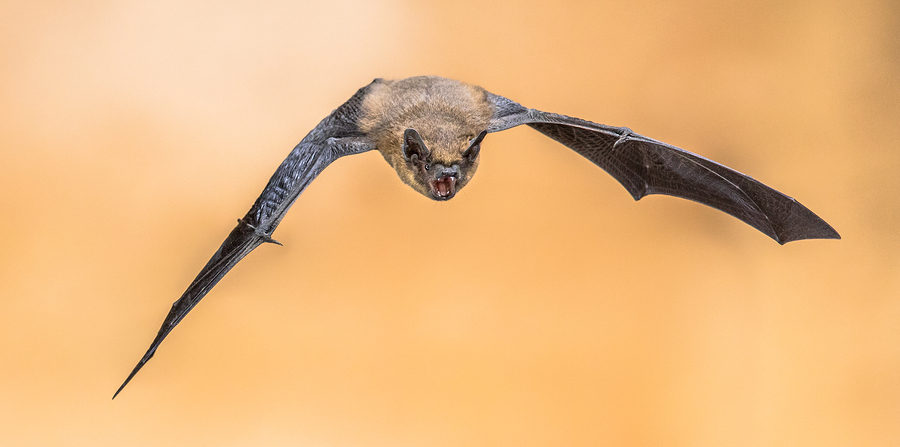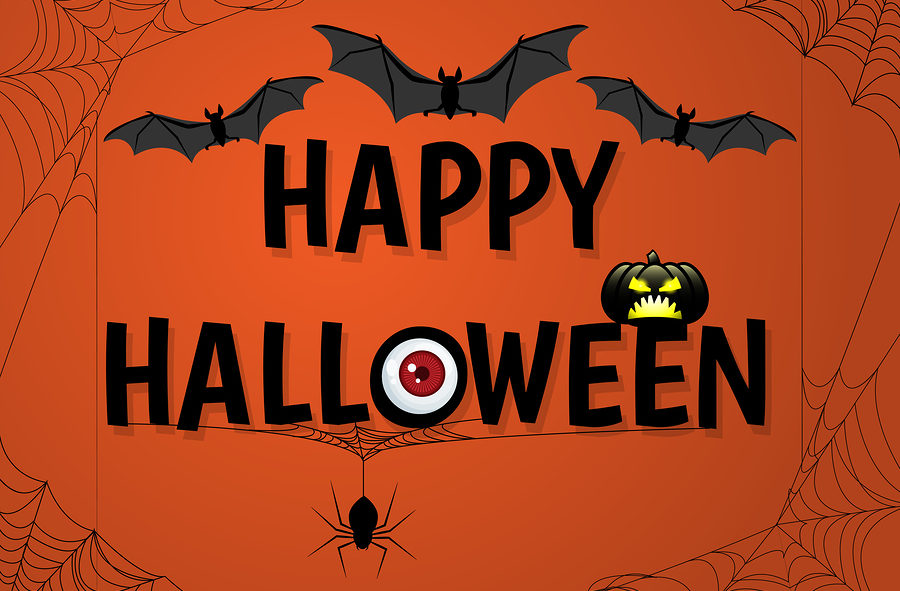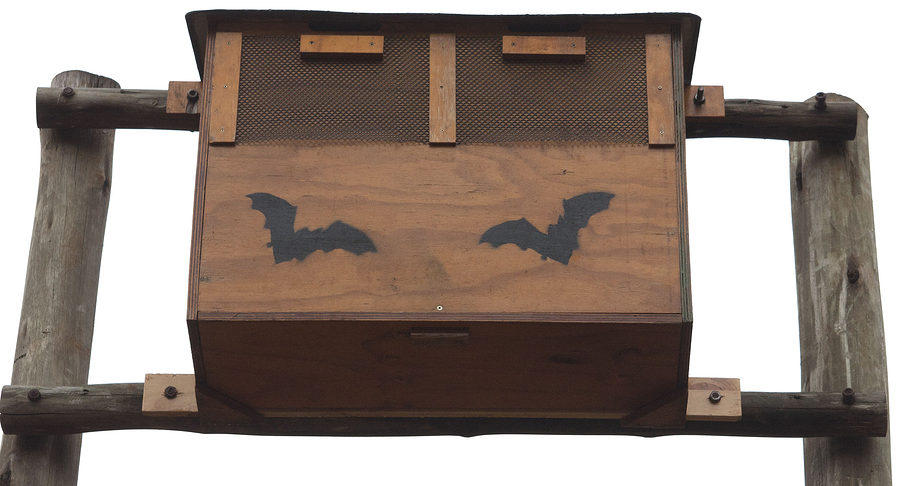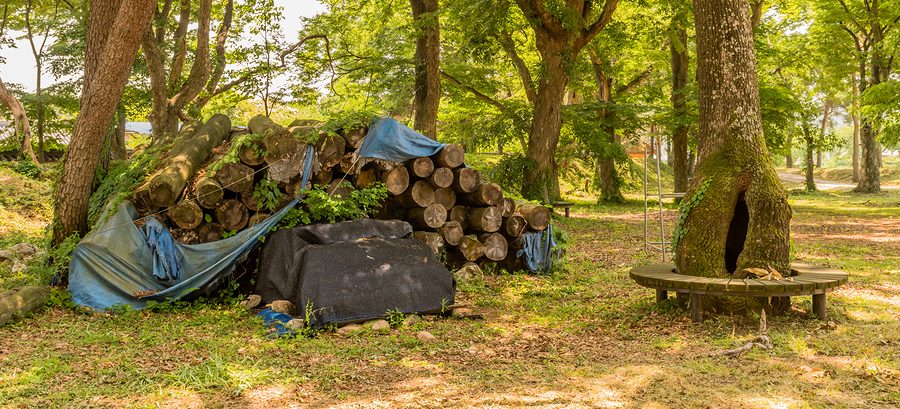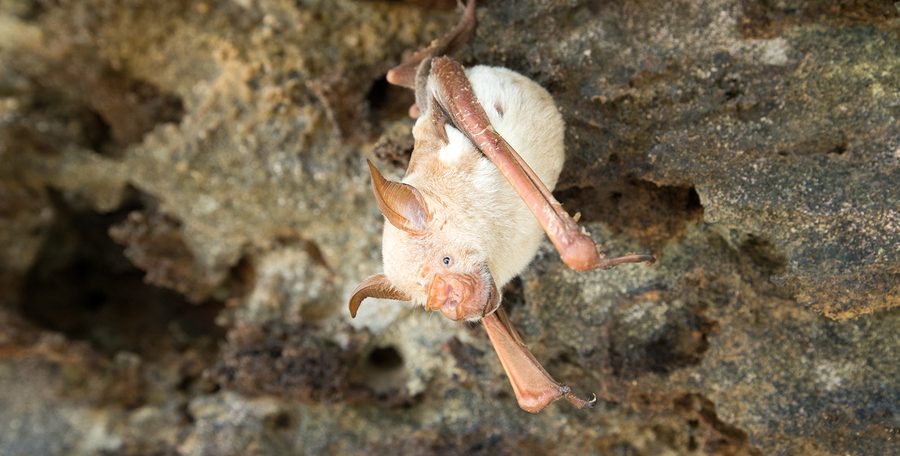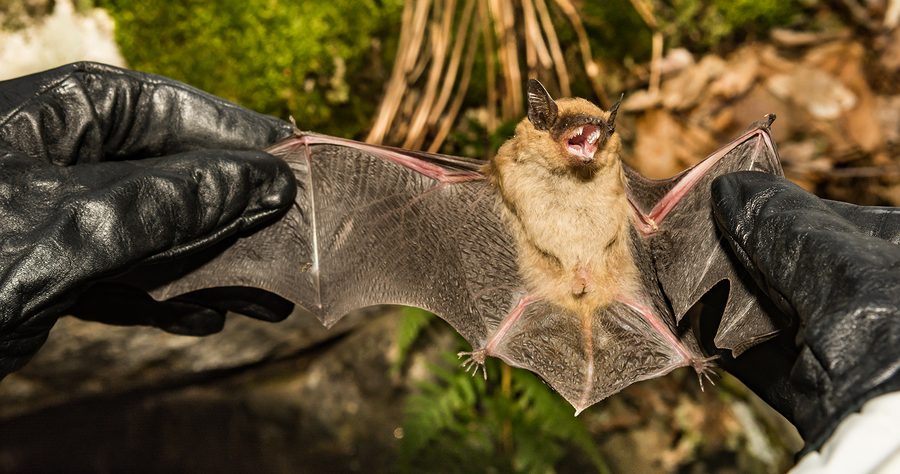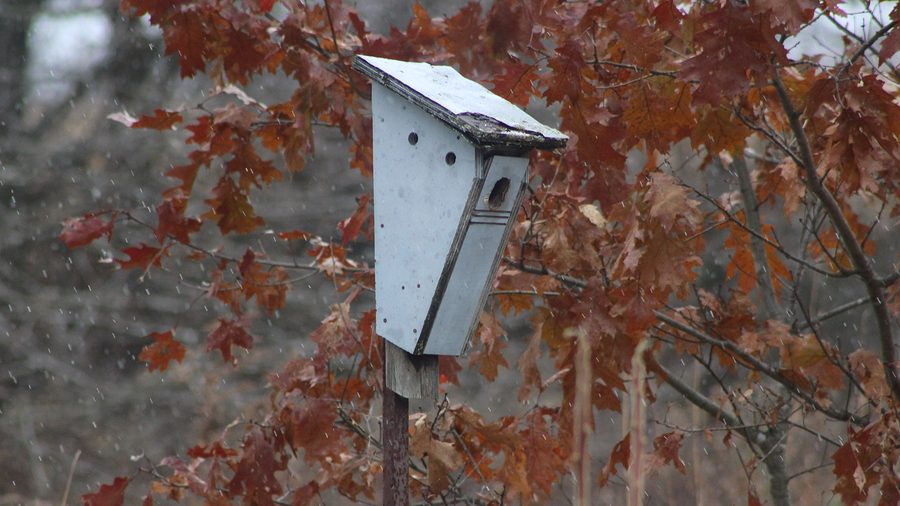When it comes to bat removal and control, getting rid of bats is only a part of the process. Bats leave behind horrible messes that are both structurally damaging and unsanitary. Everything from walls, ceilings, and floorboards, to attic insulation, electrical wiring, rooftops, and siding, are all targets of bat droppings and structural damage. Not only can this lower your total property value and jeopardize your investment, it poses several serious health and safety risks.
Continue reading to learn more about the cleanup and restoration process the follows bat removal, and what you need to know about a common health concern related to bat droppings.
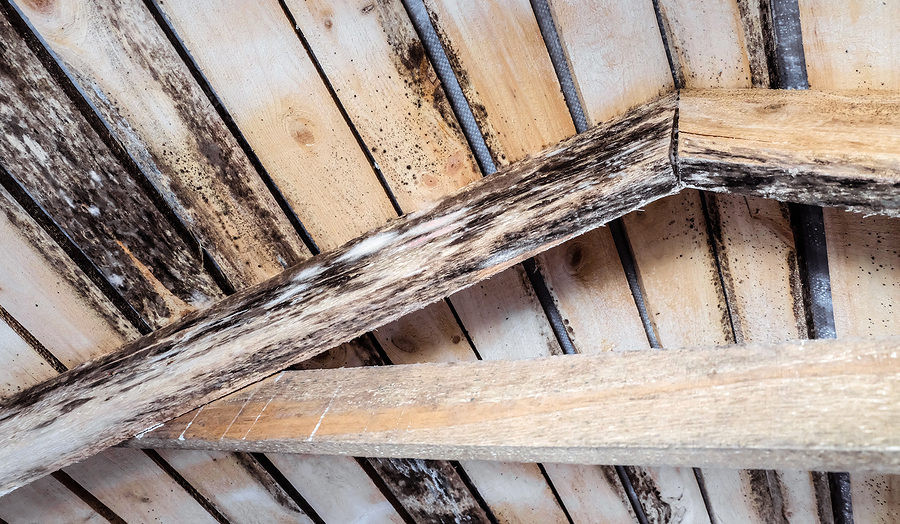
Cleaning Up After Bats
One of the most vital parts of bat cleaning is hazardous waste removal. Bat guano can develop a fungal disease known as Histoplasmosis; and if the spores of this fungus enter the air ducts, they can be dispersed all throughout the property. If inhaled, they can cause serious respiratory illness. In fact, it can be fatal to young children, elderly, and those with weakened immune systems.
The Dangers of Histoplasmosis
Histoplasmosis is a fungal infection of the lungs that develops on bat guano. It is caused by the fungus, Histoplasma. Generally, it grows in wet soil abundant in bird or bat droppings; however, the fungus commonly grows on nitrogen-rich bat guano. In the case of a bat infestation, this fungal infection can put people and pets at risk because its spores can become airborne and circulate through a property’s indoor environment. If inhaled, the fungal infection can be contracted by other living organisms.
Infants, young children, and those with suppressed immune systems are at higher risk of contracting histoplasmosis. Most people, especially those in good health, will not require any treatment if infected, and instead, will naturally heal on their own with ample rest and fluids. However, more vulnerable individuals, such as the ones mentioned before, can become seriously ill and require professional treatment. The most common signs of Histoplasmosis sickness includes high fever, cough, and fatigue.
Structural Damages
An equally vital part of bat cleanup is structural damage repair. This is important if you want to maintain a safe and structurally sound property, remain within local health codes, and prevent dangerous accidents. For these reasons and more, it is important to address your property’s sanitation and repair needs immediately after a bat infestation.
The most common nuisance bat species in Kentucky are Little Brown bats, Big Brown bats, and Hoary bats. Because of their extremely small size, they only need a gap that is about 3/8ths of an inch in order to get inside a property. They often target crumbling mortar, dry rotting wood, attic vents, exterior cracks, loose siding, garages, crawl spaces, porches, and more.
Remedies
As you can now gather, it is critical to your safety and budget to address a bat infestation problem as soon as possible. Contact a licensed, bonded, and insured Kentucky bat removal company for expert service you can trust. Look for professionals who operate within established industry standards and best practices, and, in accordance with local, state, and federal laws that govern wildlife. It is wise to choose a company that also provides insurance claim work for bat damages.
Louisville Bat Removal and Control You Can Trust
Call 553-502-7622 for prompt and professional 24 hour bat removal in Louisville, Kentucky and its surrounding areas. We are DNR licensed bat removal contractors that offer safe and non-lethal, 24 hour bat extraction and exclusion services for residential and commercial properties. We also provide bat cleanup and minor attic restorations for bat damages too. Request a free estimate, anytime.


